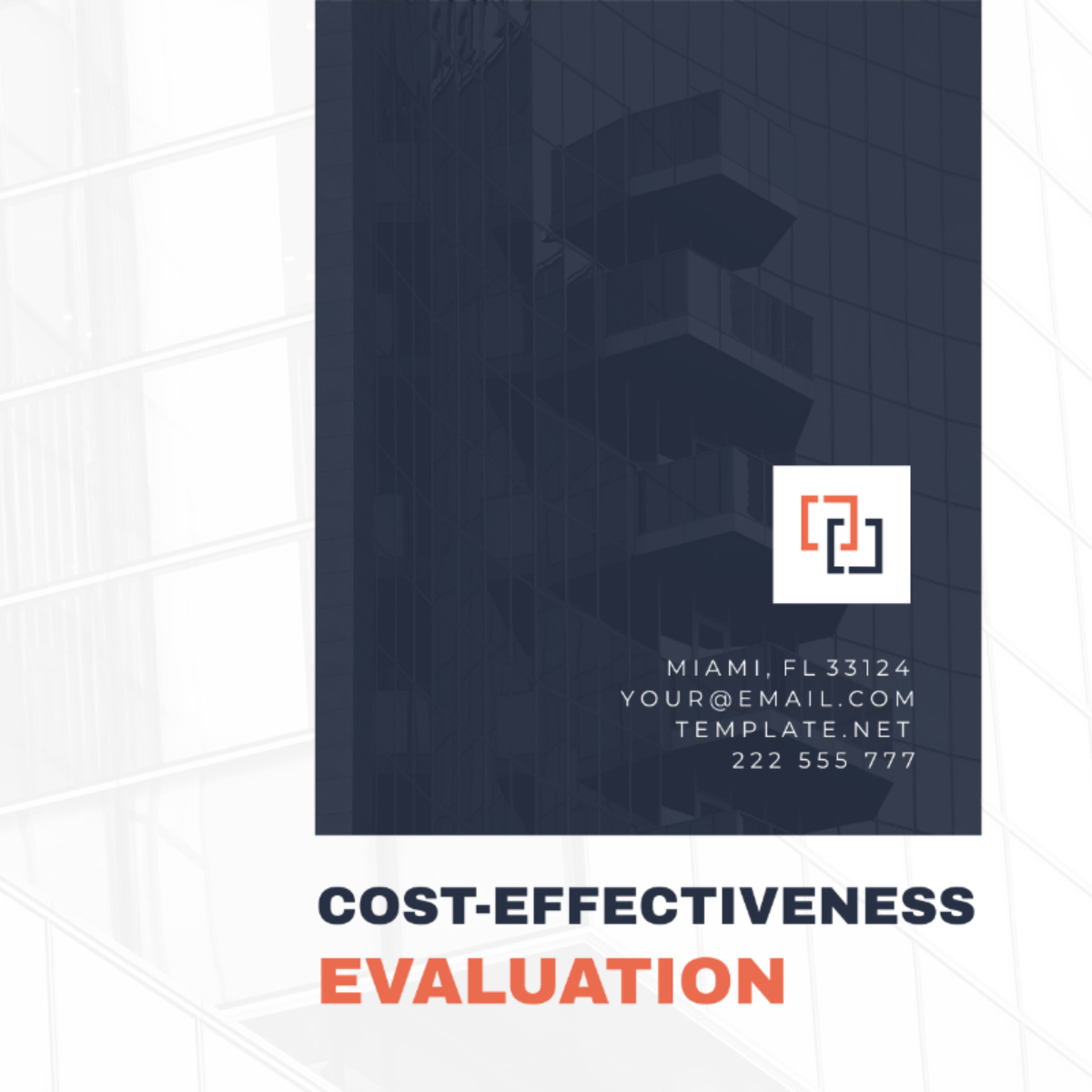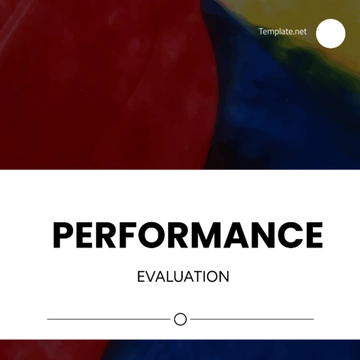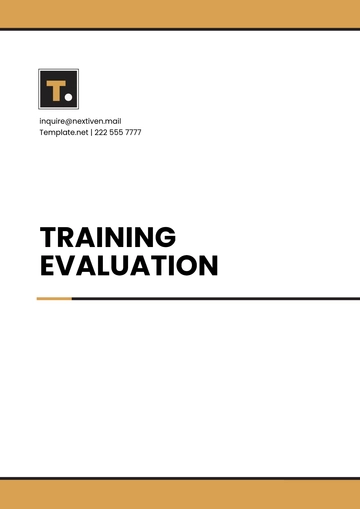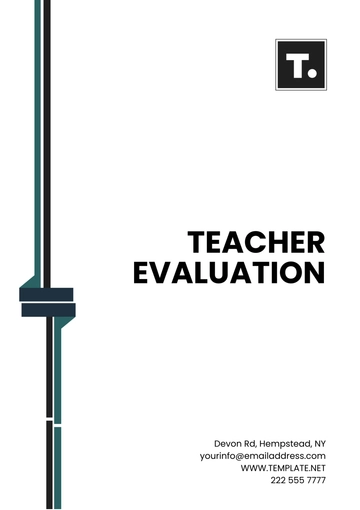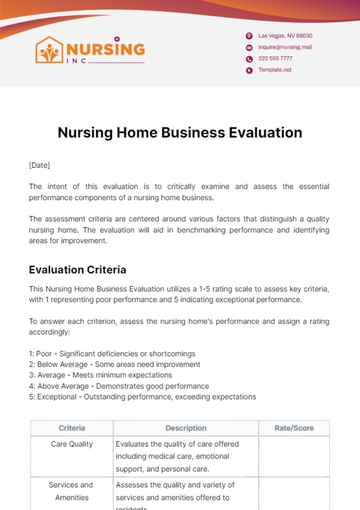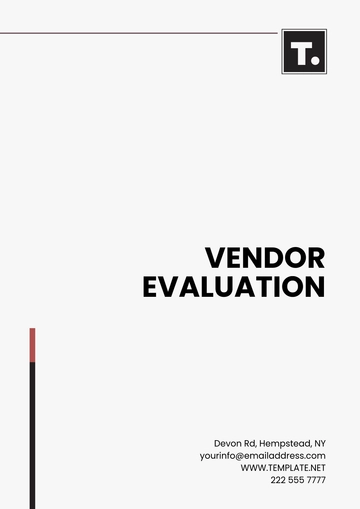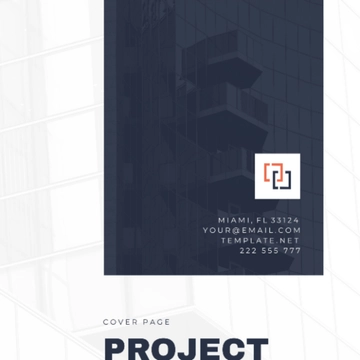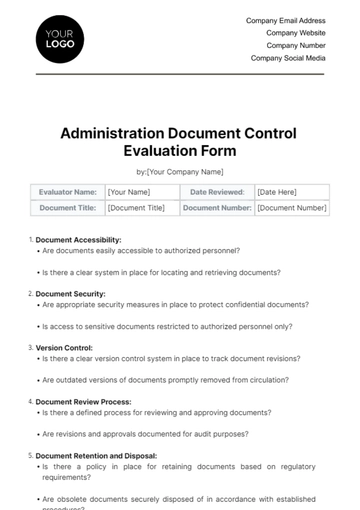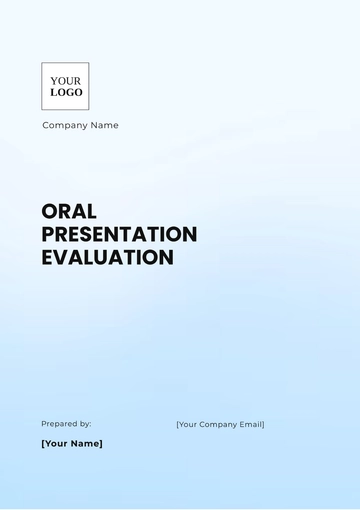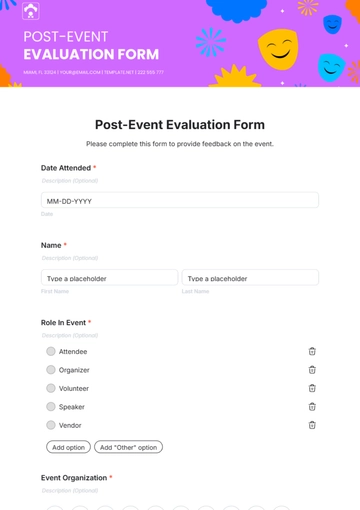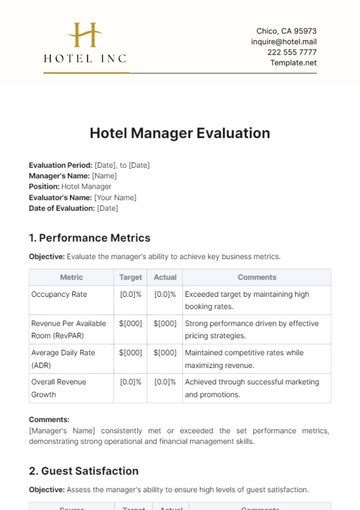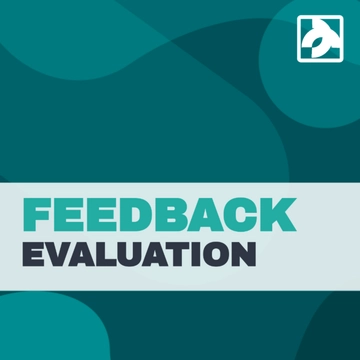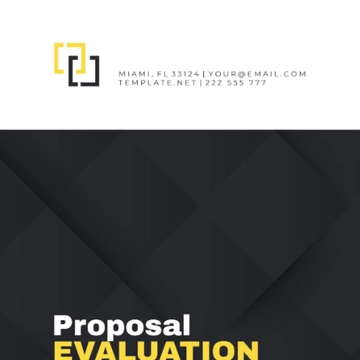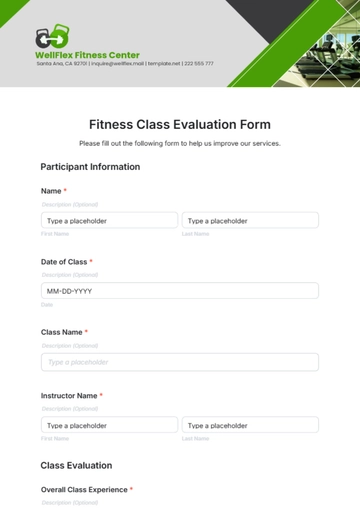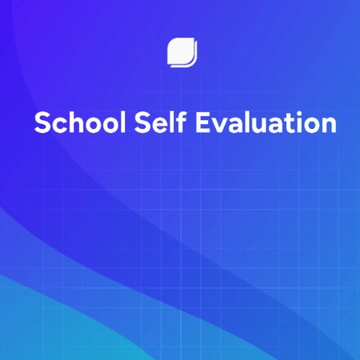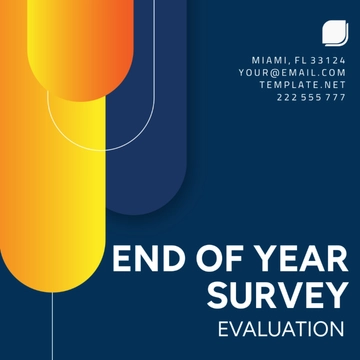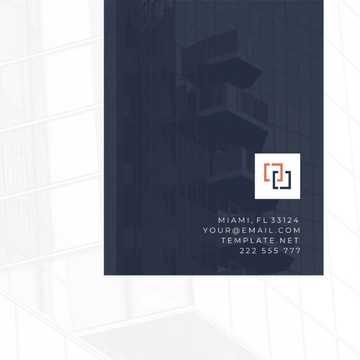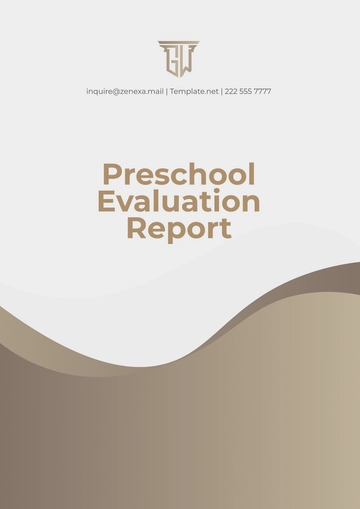Cost-Effectiveness Evaluation
Project/Program Name: [Insert Project/Program Name]
Evaluation Period: [Insert Evaluation Period]
Evaluator's Name: [Insert Evaluator's Name]
Background and Context
The [Project/Program Name] aims to [briefly describe the project/program objectives], targeting [describe the target population]. This initiative addresses [mention any pertinent background information such as the problem being tackled or the context in which the project/program operates]. Providing a clear background will help contextualize the evaluation process.
Cost Analysis
Category | Description | Amount |
|---|
Personnel | Salaries/wages of project staff. This includes full-time and part-time staff directly involved in project implementation. | [Amount] |
Materials/Supplies | Cost of materials and supplies directly used in project activities. | [Amount] |
Equipment | Cost of equipment purchased or leased for project use. | [Amount] |
Overhead | Costs related to facilities, utilities, and administrative overhead. | [Amount] |
Administrative Costs | Administrative expenses such as office rent, utilities, and general administrative staff salaries. | [Amount] |
Miscellaneous Costs | Other miscellaneous costs are not directly tied to project activities. | [Amount] |
Total Costs | | [Sum] |
Effectiveness Analysis
Quantitative Measures |
|---|
Key Performance Indicators (KPIs): Metric 1: [Data] (e.g., Number of units produced, Number of clients served) Metric 2: [Data] (e.g., Percentage increase in target behavior) Metric 3: [Data] (e.g., Reduction in wait times)
Ensure that these metrics directly relate to the objectives of the project/program and are measurable over time. |
Qualitative Measures |
|---|
Stakeholder Feedback: Collect feedback from stakeholders involved in or affected by the project/program. This could include participants, staff, partners, and community members. Program/Project Success Stories: Gather examples or anecdotes showcasing the positive outcomes or achievements of the project/program. These stories provide context and depth to the evaluation.
|
Cost-Effectiveness Analysis
This section analyzes the cost-effectiveness of the project/program based on the financial data and effectiveness measures gathered. Cost per Unit of Outcome: Total project/program cost divided by total units of outcome. This helps determine the cost-effectiveness of producing each unit of the desired outcome. Cost per Beneficiary Reached: Total project/program cost divided by the number of beneficiaries reached. This metric helps assess the cost-effectiveness of reaching each beneficiary. Comparison with Similar Projects/Programs: Compare cost-effectiveness with similar initiatives in the field to provide context and identify areas for improvement.
|
Recommendations
Areas for Cost Reduction: Provide recommendations for reducing costs without compromising quality or impact. This could include streamlining processes, renegotiating contracts, or seeking alternative funding sources. Areas for Improvement: Identify areas where effectiveness could be enhanced to improve overall project/program performance. This could involve refining strategies, strengthening partnerships, or expanding outreach efforts. Future Considerations: Suggest future evaluations or adjustments to ensure ongoing improvement and sustainability. This could include monitoring trends, adapting to changing circumstances, or scaling successful interventions.
|
Conclusion
Summarize the findings of the evaluation and provide an overall assessment of the project/program's cost-effectiveness. Reflect on lessons learned and highlight implications for future planning and implementation. |
Evaluation Templates @ Template.net
